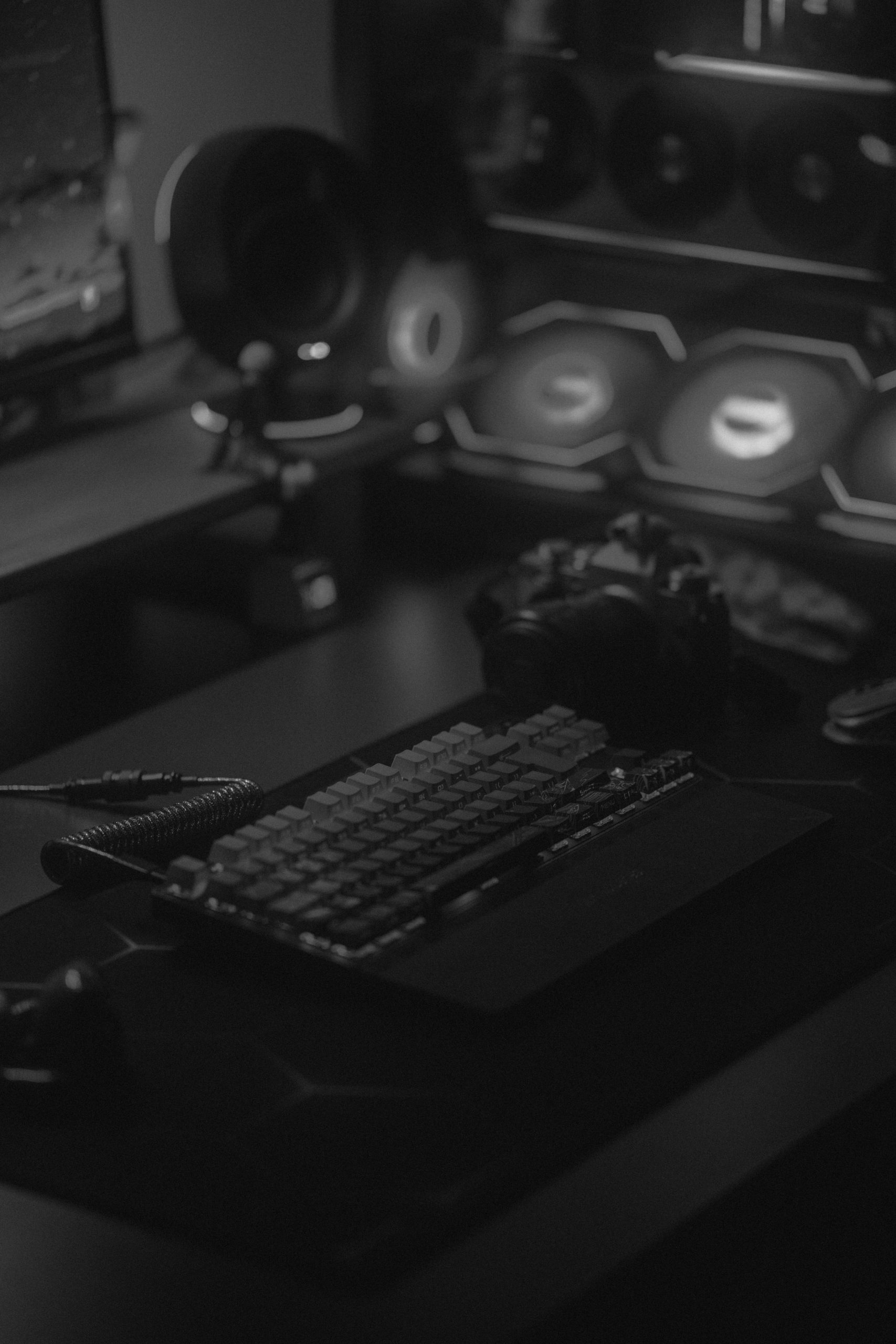Diagnosing Sudden PC Shutdowns During Gaming: A Guide for Desktop Gamers
Experiencing unexpected shutdowns while gaming can be both frustrating and disruptive. If your desktop gaming PC abruptly powers off after approximately ten minutes of gameplay, yet your system’s lights and fans remain active, it indicates a potential underlying hardware issue. Additionally, some systems may enter a cycle of repeated shutdowns and restarts until you manually power them down. Noticing increased fan activity during these episodes can offer valuable clues for troubleshooting.
Understanding the Causes
Several factors might be responsible for such behavior, including:
- Thermal Overload: Elevated CPU or GPU temperatures can cause automatic shutdowns to prevent hardware damage.
- Power Supply Issues: An insufficient or failing power supply unit (PSU) may struggle to sustain power demands during intensive gaming sessions.
- Hardware Degradation: Components like thermal paste, capacitors, or cooling solutions may have degraded over time, impacting system stability.
- Software or Driver Conflicts: Outdated or corrupt drivers can sometimes lead to system crashes.
- Overclocking Instability: Pushing hardware beyond its limits can result in periodic shutdowns to protect components.
Initial Troubleshooting Steps
If you’re comfortable opening your PC, here are some proactive steps to diagnose and address the issue:
- Check Thermal Paste and Cooling Solutions
- Since your PC is 2-3 years old, the thermal paste between your CPU and heatsink may have dried out or become less effective. This can lead to poor heat transfer and thermal throttling.
- Reapplying high-quality thermal paste can significantly improve cooling performance.
-
Ensure that your heatsink and fans are properly seated and free of dust or debris.
-
Monitor Temperatures
- Use hardware monitoring tools such as HWMonitor, HWInfo, or MSI Afterburner to track CPU and GPU temperatures during gaming.
-
Temperatures exceeding 80–85°C under load are concerning and may trigger shutdowns.
-
Assess Power Supply
- Verify that your PSU can deliver adequate wattage for your components.
-
Consider testing with a known-good, appropriately rated power supply if available.
-
Inspect Physical Components
- Check for signs of damaged or swollen capacitors on the motherboard.
-
Ensure all internal connections and cables are secure.
-
Update Drivers and BIOS
- Update graphics card drivers and your motherboard’s BIOS
Share this content:



